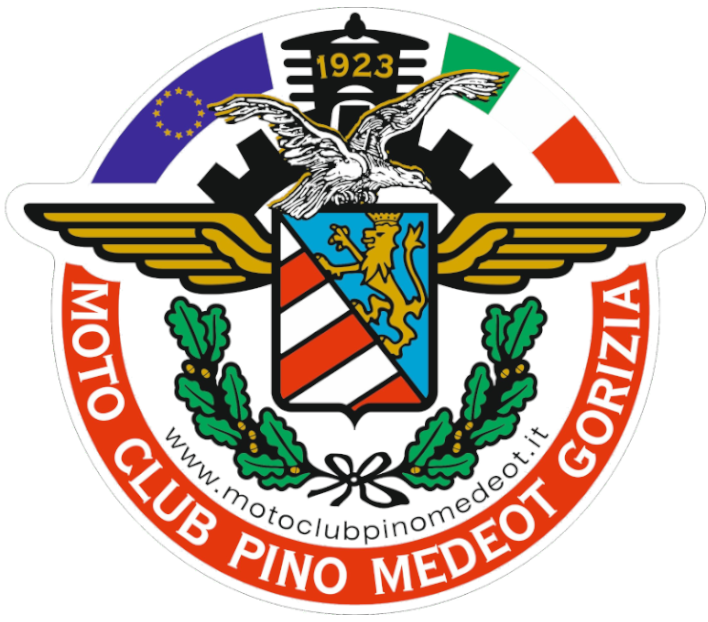In the years between 1932 and 1934, Enzo Ferrari joined the racing stable alongside the motorcycling one for which highly esteemed pilots competed driving the best motorcycles of the time, the Rudges, the rulers of the Isle of Man TT. They obtained various victories and several Italian titles.
But why did Ferrari choose English motorcycles, given that the car team by statute used the Italian Alfa Romeo, pleasing the fascist regime.
At that time there were several Italian brands that made competitive racing bikes, such as Bianchi and Moto Guzzi. The latter were managed directly by the manufacturers who would never have entrusted their bikes to private structures. So the choice necessarily fell on the English Rudge, characterized by being technologically very advanced and already equipped at the time with:
- four valve head;
- four-speed gearbox with pedal control
- light alloy connecting rods mounted on needle bearings
- Interconnected front and rear drum brakes
The Ferrari team fitted its Alfa Romeos with Rudge-Whitworth rims which were characterized by a particular hub which allowed them to be replaced with the utmost speed and simplicity. Given the backstory, it was easy for Ferrari to contact the importer of the Rudge for Italy, the “Moto Trust Milano” of Curzio Veladini, who gave him the bikes assisted on the track by his own mechanics. So Veladini paid for races, mechanics and advertisements in the newspapers out of his own pocket, whilst Ferrari, with the channels created by himself, i.e. “Scuderia Ferrari Yearbook”, advertised the races, the drivers and the Rudge. So the name of Rudge motorcycles became famous as well as the name of the Rudge -Whitworth wheels which were in turn installed on the Alfa Romeos of his racing stable. Here the genius of Ferrari emerged, a forerunner of the figure of the modern manager, he managed to advertise his name and his team by drawing on the resources of others and thus managed to bring new lenders and sponsors closer, such as Pirelli with its tyres. The Scuderia Ferrari drivers were divided into two categories, the first made up of drivers who raced for a fee for an entire season or for certain races, the second by customer-drivers who raced by paying the necessary expenses to participate in the races and paid a fee to the Scuderia for the services it made them available. Among the drivers hired directly by the Scuderia we should mention Giordano Aldrighetti and Aldo Pigorini linked by fraternal friendship and coming from Lombardy. The first was crowned Italian Champion, with the Rudge 500, in 1933 while the second was still the Italian Champion with the Rudge 350 in 1934. We should also mention Carlo Bascheri who in 1932 was the Italian Champion of the 175 class. At the end of 1934 Ferrari decided to suspend the activity of the motorcycle team for a number of reasons: • the parent company Rudge is forced to interrupt the development of racing motorcycles and abandon the competitive activity due to financial problems; • the interruption of relations with the Italian importer Velandini; • the lack of Italian character in the motorcycle brand presented by the team; • the loss of important lenders.
There is no doubt that the team, even in its short period, was capable of achieving exceptional results, 44 victories and three Italian titles, leaving its mark on motorcycling sport in the 1930s.

